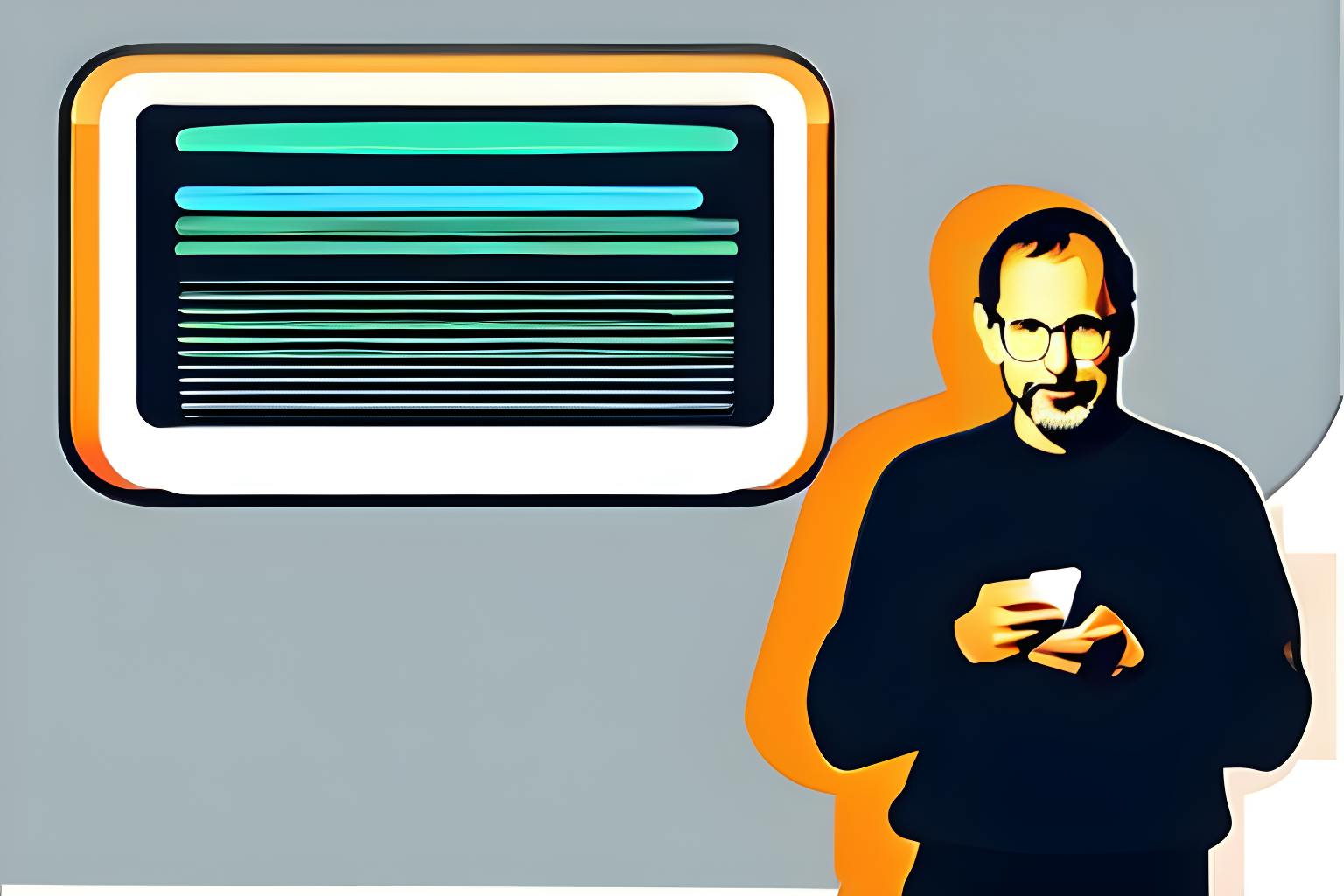United States Of America. v. Microsoft Corporation Court Filing by Thomas Penfield Jackson, November 5, 1999 is part of
-
Empirical Evidence of the Applications Barrier to Entry
-
The experiences of IBM and Apple, Microsoft’s most significant operating system rivals in the mid- and late 1990s, confirm the strength of the applications barrier to entry.
a. OS/2 Warp 46. IBM’s inability to gain widespread developer support for its OS/2 Warp operating system illustrates how the massive Windows installed base makes it prohibitively costly for a rival operating system to attract enough developer support to challenge Windows.
In late 1994,IBM introduced its Intel-compatible OS/2 Warp operating system and spent tens of millions of dollars in an effort to attract ISVs to develop applications for OS/2 and in an attempt to reverseengineer, or “clone,” part of the Windows API set. Despite these efforts, IBM could obtain neither significant market share nor ISV support for OS/2 Warp.
Thus, although at its peak OS/2 ran approximately 2,500 applications and had 10% of the market for Intel-compatible PC operating systems, IBM ultimately determined that the applications barrier prevented effective competition against Windows 95. For that reason, in 1996 IBM stopped trying to convince ISVs to write for OS/2 Warp.
IBM now targets the product at a market niche, namely enterprise customers (mainly banks) that are interested in particular types of application that run on OS/2 Warp. The fact that IBM no longer tries to compete with Windows is evidenced by the fact that it prices OS/2 Warp at about two-and-one-half times the price of Windows 98.
b. The Mac OS
47. The inability of Apple to compete effectively with Windows provides another example of the applications barrier to entry in operation. Although Apple’s Mac OS supports more than 12,000 applications, even an inventory of that magnitude is not sufficient to enable Apple to present a significant percentage of users with a viable substitute for Windows.
The absence of a large installed base, in turn, reinforces the disparity between the applications made available for the Mac OS and those made available for Windows, further inhibiting Apple’s sales. The applications barrier thus prevents the Mac OS from hindering Microsoft’s ability to control price, regardless of whether the Mac OS is regarded as being in the relevant market or not.
c. Fringe Operating Systems
48. The applications barrier to entry does not prevent non-Microsoft, Intel-compatible PC operating systems from attracting enough consumer demand and ISV support to survive. It does not even prevent vendors of those products from making a profit. The barrier does, however, prevent the products from drawing a significant percentage of consumers away from Windows.
-
As discussed above, Be markets an Intel-compatible PC operating system, called BeOS, that is specially suited to support multimedia functions. The operating system survives on a relatively minuscule number of applications (approximately 1,000) and a user base which, at around 750,000, is trivial compared to the number of Windows users. One of the reasons the BeOS can even attract that many users despite its small base of applications is that it advertises itself as a complement to, rather than as a substitute for, Windows.
Although the BeOS could run an Intel-compatible PC system without Windows, it is almost always loaded on a system along with Windows. What is more, when these dual-loaded PC systems are turned on, Windows automatically boots; the user must then take affirmative steps to invoke the BeOS. While this scheme allows the BeOS to occupy a niche in the market, it does not place the product on a trajectory to replace Windows on a significant number of PCs.
The special multimedia support provided by the BeOS may, for a small number of users, outweigh the disadvantages of maintaining two large, complex operating systems on one PC. Of that group, however, it is likely that only a tiny number of users will find that support so attractive that they would be willing to forego Windows, and its huge base of compatible applications, altogether.
-
The experience of the Linux operating system, a version of which runs on Intelcompatible PCs, similarly fails to refute the existence of an applications barrier to entry. Linux is an “open source” operating system that was created, and is continuously updated, by a global network of software developers who contribute their labor for free. Although Linux has between ten and fifteen million users, the majority of them use the operating system to run servers, not PCs.
Several ISVs have announced their development of (or plans to develop) Linux versions of their applications. To date, though, legions of ISVs have not followed the lead of these first movers. Similarly, consumers have by and large shown little inclination to abandon Windows, with its reliable developer support, in favor of an operating system whose future in the PC realm is unclear.
By itself, Linux’s open-source development model shows no signs of liberating that operating system from the cycle of consumer preferences and developer incentives that, when fueled by Windows’ enormous reservoir of applications, prevents non-Microsoft operating systems from competing.
Continue reading here.
About HackerNoon Legal PDF Series: We bring you the most important technical and insightful public domain court case filings.
This court case Civil Action No. 98-1232 (TPJ) retrieved on 2-06-2023, from justice.gov is part of the public domain. The court-created documents are works of the federal government, and under copyright law, are automatically placed in the public domain and may be shared without legal restriction.

